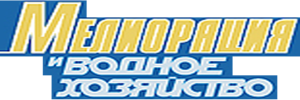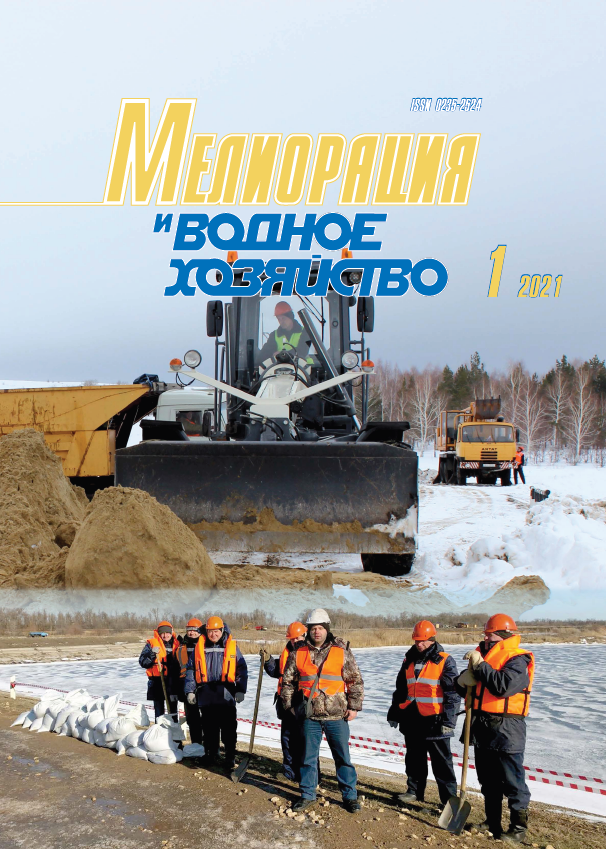UDC 63
CSCSTI 68.31
Russian Classification of Professions by Education 110000
Russian Library and Bibliographic Classification 40
BISAC TEC003000 Agriculture / General
Rational use of natural resources is one of the most acute problems not only in Belarus, but throughout the world. The development of industry, transport and the use of high-intensive technologies in agricultural sector result in the increase of air, land and water pollution. At the same time, wastewater is one of the sources of pollution, despite the fact that much attention is paid to their treatment and neutralization. Currently, various technologies are used for the disposal and treatment of livestock waste. One of them is the utilization of livestock waste for fertilizer irrigation of crops. For practical implementation of fertilizer irrigation, specialized reclamation systems have been built, a technology at the complexes that is based on the principle of full water circulation. Typically, such systems include a network of underground pipelines and irrigation equipment for irrigation, various purpose hydraulic structures, a fence and a drainage network for collecting contaminated surface and drainage water, which accumulate and reuse it for irrigation. When analyzing the operation of such water circulation system, at first glance it seems that the spread of pollution outside the irrigated territory is excluded. However, practical experience shows that complete cleaning and environmental safety, even on advanced systems, is not provided. Therefore, the performance of individual elements of the water reclamation system for fertilizer irrigation requires in-depth study and improvement.
livestock runoff, irrigation, water regime, water consumption, irrigation regime
1. Zhelyazko V.I. Suitability of wastewater of agricultural enterprises for fertilizer irrigation // Bulletin of BSAA. 2018. No. 1. P. 122-130.
2. Zhelyazko V.I. Improving the quality of sprinkling on specialized reclamation systems using manure from pig farms // Bulletin of BSAA. 2018. No. 1. P. 131-136.
3. Zhelyazko V.I., Lukashevich, V.M. The study of the permissible intensity of intermittent sprinkling on sodpodzolic loamy soils // Melioration. 2014. No. 1. P. 31-38.
4. Agroecological rationale for agricultural production on reclaimed, continuously used, disturbed and polluted lands / V.I. Zhelyazko, P.F. Tivo, S.M. Krutko, Yu.A. Mazhaysky et al.: monograph. Ryazan: RGATU, 2014. P. 217-298.
5. Tivo P.F., Zhelyazko A.S., Vasko A.S. The content and nutrients removal beyond the rotation link in a hilly terrain // Agriculture and Plant Protection. 2014. No. 3. P. 25-28.
6. Intrasoil moisture exchange, water consumption and water supply of perennial cultivated grass stands: monograph / P.I. Muromtsev et al. Ryazan: RGATU, 2013. 300 p.
7. Kopytovsky V.V. Improving the quality of sprinkling when using livestock waste water // Bulletin of BSAA. 2014. No. 1. P. 159-162.
8. Kopytovsky V.V. The effect of long-term irrigation with livestock runoff on soil properties // Melioration. 2014. No. 1. P. 45-52.
9. Kopytovsky V.V. Land reclamation techniques to reduce the accumulation of heavy metals in soils and plant products // Agrochemical Bulletin. 2015. No. 4. P. 34-36.
10. Miseckaite O., Lukasevic V.M. Savaeiges lietinimo sistemos // Manoukis. Kauno dist.: Vasaris, 2015. P. 77-78.
11. Miseckaite O., Lukasevic V.M. Lietinimo technikos eksploatacija ir prieziura // Manoukis. Kauno dist.: Kovas, 2015. P. 62-64.
12. Miseckaite O., Lukasevic V.J., Lukasevic V.M. Savaeige lietinimo technika. Charakteristika ir eksploatacija. Kauno dist.: Akademija, 2015. 25 p.









